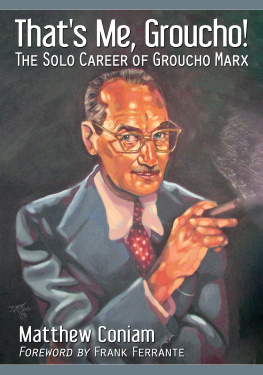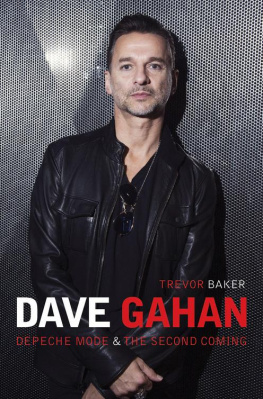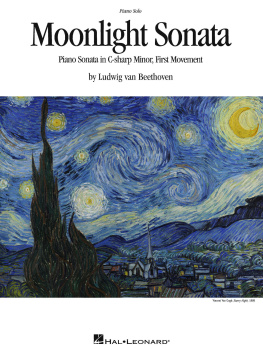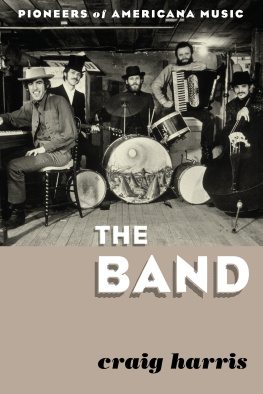On The Periphery
David Sylvian: A Biography
Christopher E. Young

Published by
Malin Publishing Ltd
United Kingdom
Published by Malin Publishing Ltd

Registered Office
Malin Publishing Ltd, Marstane House, Marian,
Trelawnyd, Flintshire, Wales, LL18 6EB
First Published December 2013
Updated for Ebook Release January 2015
Copyright Christopher E. Young / Malin Publishing Ltd, 2015
All rights reserved
Without limiting the rights under copyright reserved above, no part of this publication may be reproduced, stored in, or introduced into a retrieval system, or transmitted, in any form or by any means (electronic, mechanical, photocopying, recording, or otherwise), without the prior written permission of both the copyright owner and the above publisher of this book.
All the David Sylvian lyrics used in this book are reproduced with permission and under licence, and all copyright lines are printed in full after the reference section.
Thanks to Marie for your support during the writing of this book, and indeed in all aspects of my life. Special thanks to Iain Maude for your time, advice, and assistance, and also to Henrietta Haines at Sheet Music Sales for all matters relating to copyright. Finally gratitude to Marc Wright. Jonathan Jennings, and Gerrit Hillebrand for your help and encouragement!
Cover Images. Bree Freeman, Be Free Creative. www.breefreeman.co.uk
Printed and bound in England
ISBN. 978-0-9927228-2-1
For Marie
Love, Peace, and Happiness
The periphery is the area that I inhabit in every aspect of my life. I used to resent this fact and fight against it, often with disastrous results. Ive now come to embrace the notion that this is my rightful place. When all the free floating elements that constitute my life and work come to settle in place, this is where I find myself, and Ive come to appreciate an intuitive rightness to this outcome.
David Sylvian, August 2007
In memory of Philip Young.
My father, my friend, my mentor, and my inspiration.
la recherche du temps perdu!
Contents
Preface
T his book focuses on the life and work of David Sylvian. It is not, however, about the front man of the band Japan. Instead, it is about the artist after he embarked on his solo career, releasing compositions under his own name, through group collaborations such as Rain Tree Crow, Nine Horses, and The Kilowatt Hour, and about his numerous collaborations with a host of disparate artists in one-off or more enduring relationships. As such, writing the book has been an uphill battle, because once Sylvian had sloughed off the trappings of the popular music scene that enveloped Japan, he increasingly reverted to a life out of the public eye. Once free of the overt necessity to be at the forefront of the pop machine, Sylvian began to circulate in a much more discrete world, one in which his efforts could become focussed on where his real talent and interest lay, composing music, and of critical importance immersing himself in the art of improvisation in its many guises.
Almost reclusive by nature, Sylvian these days very much keeps himself to himself. Information is fed to his fan base and the music media entirely on his own terms, and at times of his own choosing. As such, a disjointed and patchy picture of Sylvian the man and artist appears. It is this frustration that laid the foundation for this book. Inquisitive by nature, I wanted to understand the context within which Sylvians music was composed. I wanted to try and understand what made him tick, where he got his inspiration from, what influences made him the man he was making the music he did. The less information immediately available, the more inquisitive I became.
Much (but by no means all) of what you will read in these pages is readily available if you know where to look. It has taken a long time to collate, to cross-reference in order to provide a coherent story, and above all to interpret. The odd radio interview, the odd print interview, and much secondary information written by collaborators and contemporaries has been analysed, placed into some kind of chronology, and in this way the story has developed. Where I have drawn on information published or broadcast, I have where possible fully attributed the author or interviewer, and given the reader access to the original source. During my research I have travelled to places associated with Sylvian in the U.K., Europe, Japan, and the United States, locating elements that help piece the jigsaw together. But beyond the relaying of facts, I have attempted to get under the surface of the elusive public face of Sylvian and his music, not in an intrusive way, but simply to present what I think may be key influences and events that have informed the path of his growth into an influential and highly respected modern-day composer.
Only one book of any substance about Sylvian has been written to date, namely The Last Romantic by Martin Power. Originally published in 1998, and subsequently updated in 2004, this book provided a brief review of Sylvians career. Where Powers book was heavy on facts concerning Sylvians Japan years, it was light on tackling the real source of my interest, the most important issues that underpin the evolution of Sylvian as a solo artist, and an in-depth interpretation of this evolution. Unfairly, Power was much maligned for relying on already published secondary sources for his work. Sylvian, however, is not a man who gives interviews to all and sundry, and he is unlikely to grant access to anyone who wishes to delve into his life and career. He quite understandably steers clear of the glare of a great deal of media interest, and prefers on the whole to let his music do the talking. However, he does give some interviews, and these are often in a Q&A format, or at the very least contain detailed quotes from the artist himself. In this way, a picture of the man and his music can be revealed, often in his own words. But the real value is in taking this information and attempting to understand and contextualise it, to reach some conclusions as to the nature of the path of Sylvians solo career and his personal and musical evolution.
I have written this book to give a thoughtful insight into the reasons for Sylvians development in certain directions musically, and also to explain the ups and downs of his solo career. My key aim is to inform, and therefore to enhance everyones appreciation of the music composed by this extraordinary artist. The book is split into three key parts. In Part 1, I deal with the period 1982 to 1987. This was a relatively prolific time for Sylvian, and there was some coherence between the main compositions produced, Brilliant Trees, Alchemy, Gone to Earth, and Secrets of the Beehive. Part 2 deals with the period 1988 2002, dominated by a number of joint-venture projects, leading into his next solo work, Dead Bees on a Cake, and culminating in the release of retrospective compilations (Everything and Nothing and Camphor) associated with the split from Virgin. Part 3 takes us from 2003 to the present day, beginning with Blemish, working through the Nine Horses period, Manafon, Sleepwalkers, Died in the Wool and more recent works with Jan Bang and Stephan Mathieu, culminating in a review of The Kilowatt Hour.










